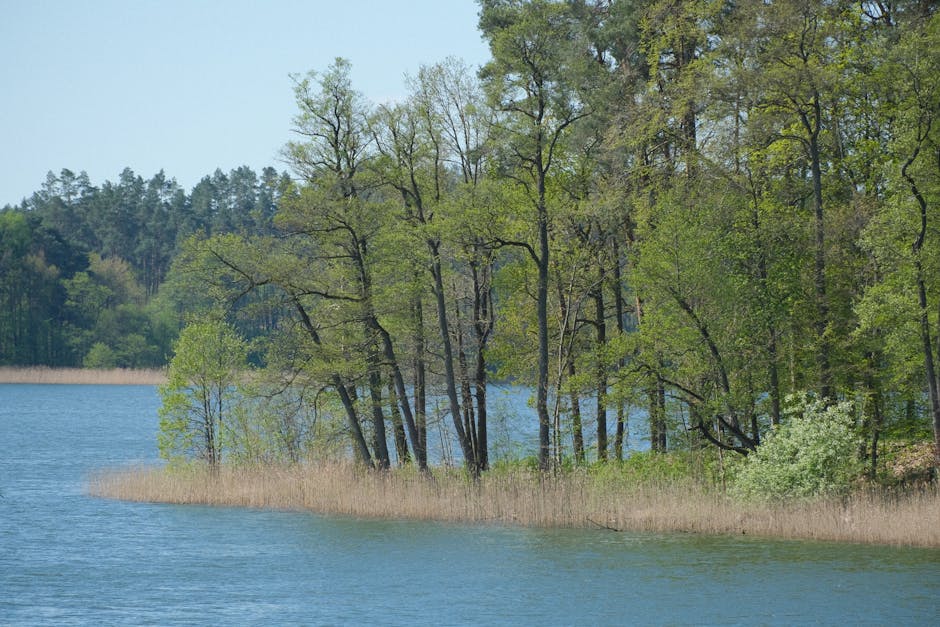A Fisherman's Day: Seascapes, Style, and the Soul of Japan

A Fisherman's Day: Seascapes, Style, and the Soul of Japan
Ah, the life of a Japanese fisherman! It's a world steeped in tradition, resilience, and a profound connection with the sea. As a devotee of Japanese aesthetics, I've always been drawn to the way practicality and beauty intertwine in every aspect of Japanese life. And where is this more evident than in the daily rhythm of a fisherman? Let's embark on a journey, a vicarious glimpse into a typical day, infused with the spirit of wabi-sabi and a touch of modern appreciation.
The Pre-Dawn Awakening: Honoring the Sea Gods

Forget the snooze button! The fisherman's day begins long before the sun deigns to peek over the horizon. Imagine waking to the faint scent of saltwater, a gentle breeze whispering through the open window (or perhaps, a well-maintained, energy-efficient, modern equivalent!). This isn't about just jumping out of bed; it's a mindful transition. Perhaps a quick stretch, a moment of gratitude for the day ahead, and the quiet ritual of preparing oneself. This could involve a simple, nourishing breakfast – perhaps a bowl of miso soup and rice, reflecting the principle of shojin ryori (vegetarian Buddhist cuisine) – simplicity and sustenance at its heart.
Before heading out, many fishermen offer a small prayer or gesture of respect to the sea gods, a tradition deeply rooted in Shinto beliefs. It's a recognition of the sea's power and a plea for a safe and bountiful catch. This reverence isn't just a superstitious act; it's a profound understanding of their place within a larger ecosystem, a vital aspect of sustainable living.
The fisherman's clothing isn't just functional; it's often a reflection of personal style, albeit a practical one. Think durable, weather-resistant fabrics, often in muted colors that blend with the sea. Traditional elements like happi coats (short cotton jackets) might feature, emblazoned with family crests or fishing cooperative symbols. The aesthetic is understated, yet undeniably stylish in its practicality and purpose.
Preparing the Vessel: A Marriage of Tradition and Technology

The heart of the fisherman's existence is, of course, the boat. Whether it's a small, family-owned vessel or a larger, more modern fishing trawler, the preparation is meticulous. Nets are checked for tears, engines are inspected, and supplies are carefully stowed. This isn't just about efficiency; it's about respecting the tools of the trade, treating them with care and precision. The Japanese aesthetic values craftsmanship, and this extends to every aspect of a fisherman's work. I see parallels with modern design principles – functionality driving form, with an inherent sense of elegance.
The evolution of Japanese fishing vessels is a fascinating study in adapting tradition to modern needs. While some fishermen still rely on older, handcrafted boats, many have embraced modern technology like GPS systems, sonar, and advanced fishing equipment. However, even with these advancements, there's often a conscious effort to maintain traditional aesthetics. You might see a sleek, modern fishing boat, but the owner has incorporated traditional wood accents or a handcrafted emblem, bridging the gap between the old and the new.
Out on the Open Water: Skill, Patience, and the Rhythms of the Sea

Once out on the open water, the fisherman enters a world of constant observation and adaptation. The sea is a dynamic force, and success depends on understanding its rhythms – the tides, the currents, the weather patterns, and the subtle signs that indicate the presence of fish. It's a skill honed over years of experience, passed down through generations. There's a meditative quality to this work, a deep connection to the natural world. Think of it as a form of "mindful fishing," where every action is deliberate and focused.
Japanese fishing techniques are incredibly diverse, ranging from traditional methods like longline fishing and net fishing to more modern approaches. Sustainability is a growing concern, and many fishermen are actively involved in initiatives to protect fish stocks and minimize their environmental impact. This reflects a growing awareness of mottainai, the concept of avoiding waste and using resources responsibly.
Lunch on board is usually a simple, practical affair. A bento box filled with rice, pickled vegetables, and perhaps some grilled fish caught earlier. The focus is on nourishment and efficiency, allowing the fisherman to quickly refuel and get back to work. Even in this simple meal, I see the principles of Japanese design – clean lines, functionality, and a touch of visual appeal. The bento box itself is often a work of art, reflecting the care and attention to detail that is characteristic of Japanese culture.
The Catch and the Community: A Tangible Connection to the Source

The act of catching fish is more than just a livelihood; it's a vital link in the food chain, connecting the fisherman to the community they serve. Whether the catch is sold at the local fish market or shipped to restaurants across the country, it represents the culmination of a day's hard work and a contribution to the culinary culture of Japan.
The relationship between fishermen and the local community is often very strong. Fishing communities are known for their close-knit bonds and shared traditions. Festivals and events centered around the sea and fishing are common, providing opportunities for celebration and connection. These traditions reinforce the importance of the fishing industry to the local economy and culture.
The aesthetic presentation of the catch is also important. Think of the meticulously arranged fish at a Japanese fish market, the vibrant colors and textures carefully displayed to entice buyers. This isn't just about marketing; it's about honoring the bounty of the sea and presenting it in a way that is both visually appealing and respectful.
Returning to Shore: Reflection and Renewal

As the sun begins to set, casting a golden glow over the water, the fisherman heads back to shore. The return journey provides an opportunity for reflection, a chance to contemplate the day's events and appreciate the beauty of the natural world. This quiet moment of contemplation aligns with the Zen principles of mindfulness and self-awareness.
Back on land, the work continues. The catch needs to be unloaded, cleaned, and prepared for sale or distribution. Nets are mended, boats are maintained, and preparations are made for the next day's journey. There's a sense of satisfaction in completing a hard day's work, a feeling of accomplishment that comes from connecting with nature and providing for one's community.
The evening might be spent with family, sharing a meal and recounting the day's adventures. A simple, home-cooked dinner, featuring fresh seafood, is a common way to end the day. This is a time for connection, for strengthening bonds, and for appreciating the simple pleasures of life. This family time strengthens the appreciation for simple, home-cooked meals, in line with the Japanese value of cherishing handmade and authentic experiences.
Adapting to Modern Challenges: Sustainability and Innovation

The life of a Japanese fisherman is not without its challenges. Overfishing, climate change, and an aging population are all impacting the industry. However, Japanese fishermen are known for their resilience and their willingness to adapt. Many are embracing sustainable fishing practices, investing in new technologies, and working to promote the industry to younger generations. The spirit of kaizen (continuous improvement) is evident in their approach to these challenges.
One of the most interesting developments is the growing emphasis on aquaculture and sustainable seafood farming. This offers a way to supplement traditional fishing practices and ensure a stable supply of seafood for future generations. These modern innovations are approached with a dedication to quality and sustainability, mirroring the careful attention to detail found in traditional crafts.
The Japanese government is also playing a role in supporting the fishing industry, providing funding for research and development, and promoting sustainable fishing practices. This collaborative approach is essential for ensuring the long-term viability of the industry.
The Enduring Appeal: A Lesson in Simplicity and Connection

The life of a Japanese fisherman may seem worlds away from our modern, technology-driven lives. Yet, there's something undeniably appealing about it, a connection to nature, a sense of purpose, and a commitment to community. It's a life that embodies the core principles of Japanese aesthetics: simplicity, functionality, and a deep appreciation for the beauty of the natural world.
As someone who appreciates the art of Japanese living, I find myself drawn to the fisherman's life as a reminder of what truly matters. It's a reminder to slow down, to connect with nature, to appreciate the simple things, and to find beauty in the everyday. It's a lifestyle that encourages us to embrace wabi-sabi, to find beauty in imperfection, and to live in harmony with the world around us.
So, the next time you enjoy a piece of sushi or admire a Japanese seascape painting, take a moment to appreciate the life of the Japanese fisherman – a life of hard work, dedication, and a profound connection to the soul of Japan. It's a life that offers valuable lessons in resilience, sustainability, and the enduring power of human connection. It's a living, breathing example of how tradition and modernity can coexist, creating a uniquely beautiful and meaningful way of life. Perhaps we can all learn something from their dedication and mindful approach, incorporating elements of their thoughtful existence into our own pursuit of a stylish and fulfilling life.
Post a Comment